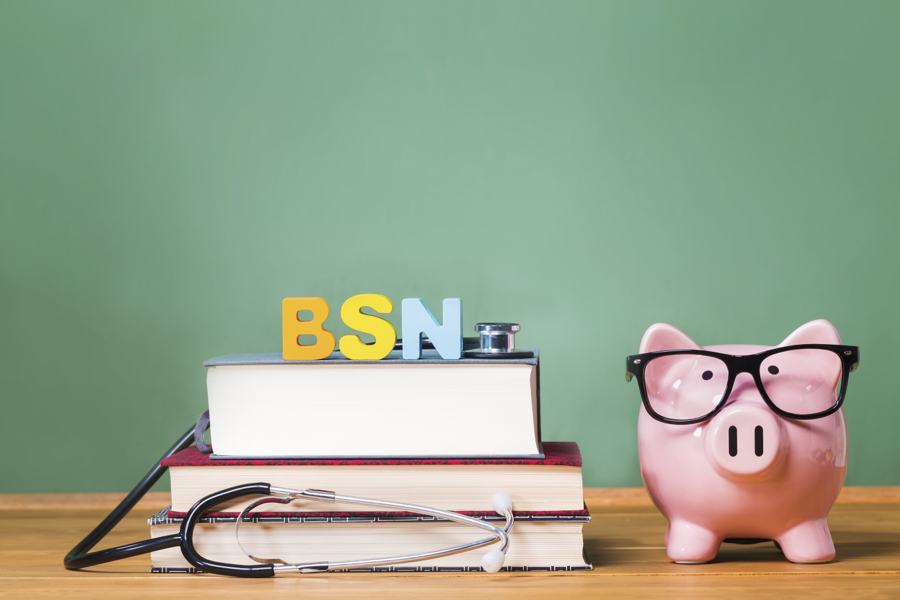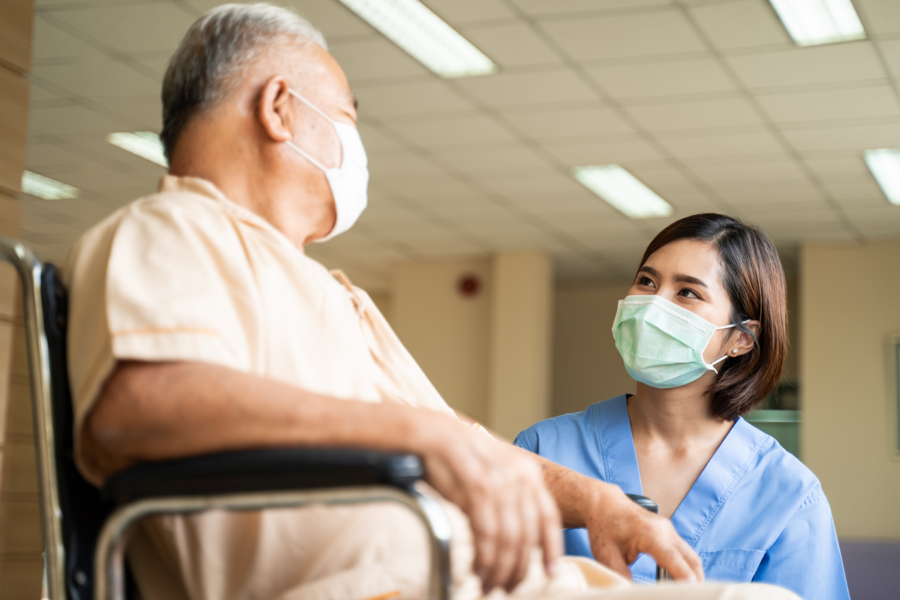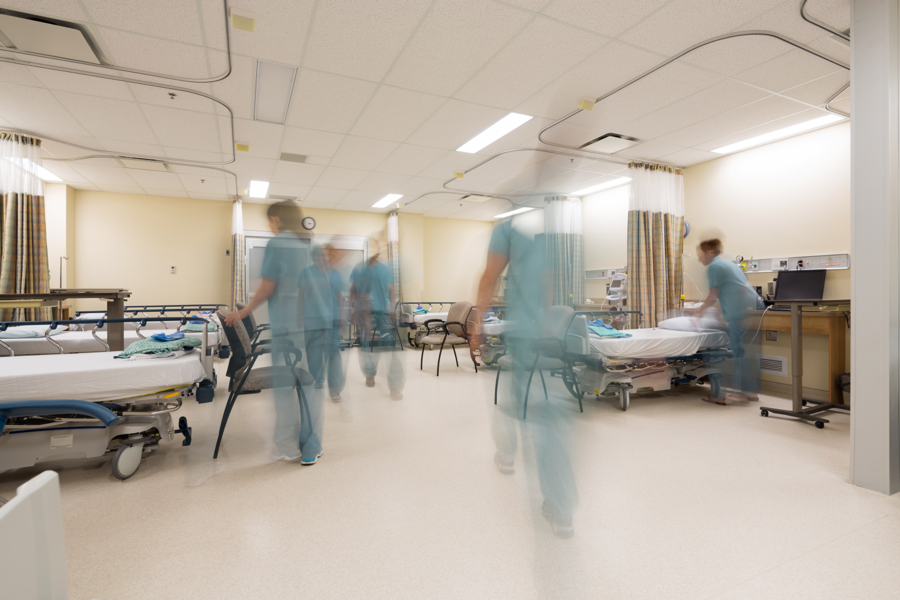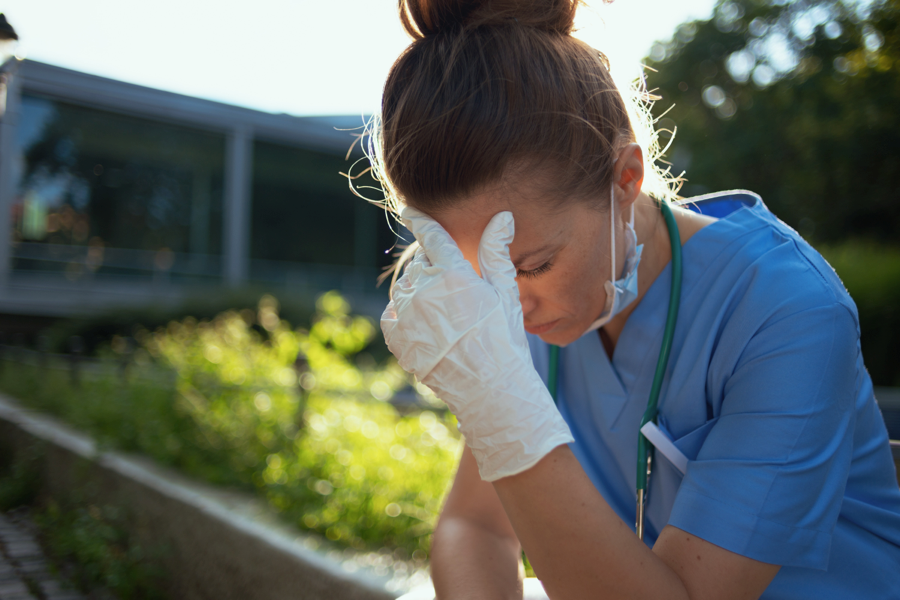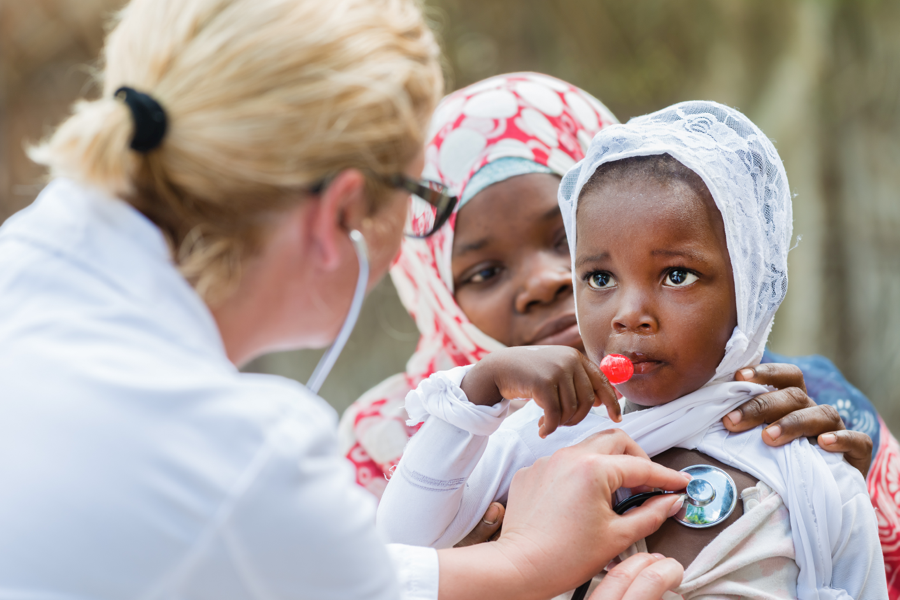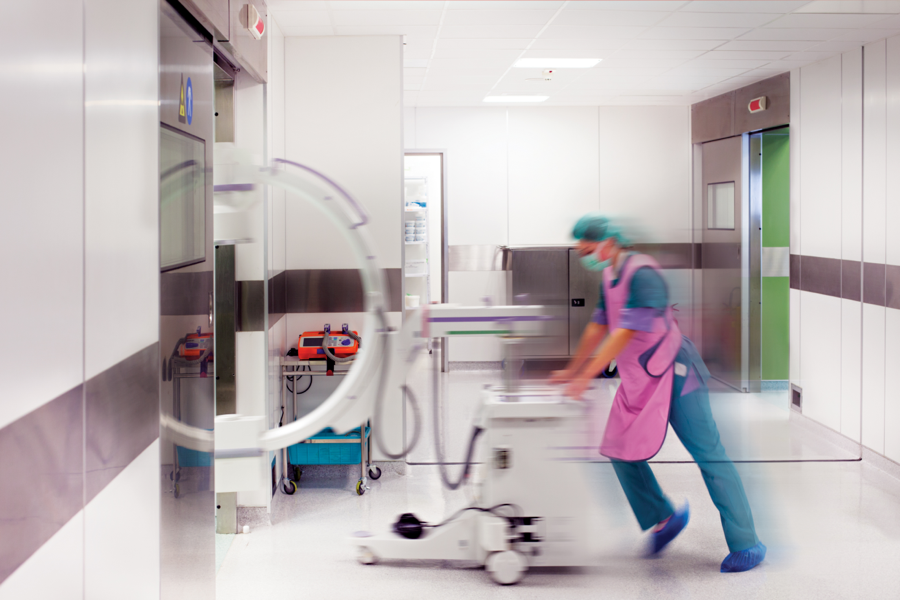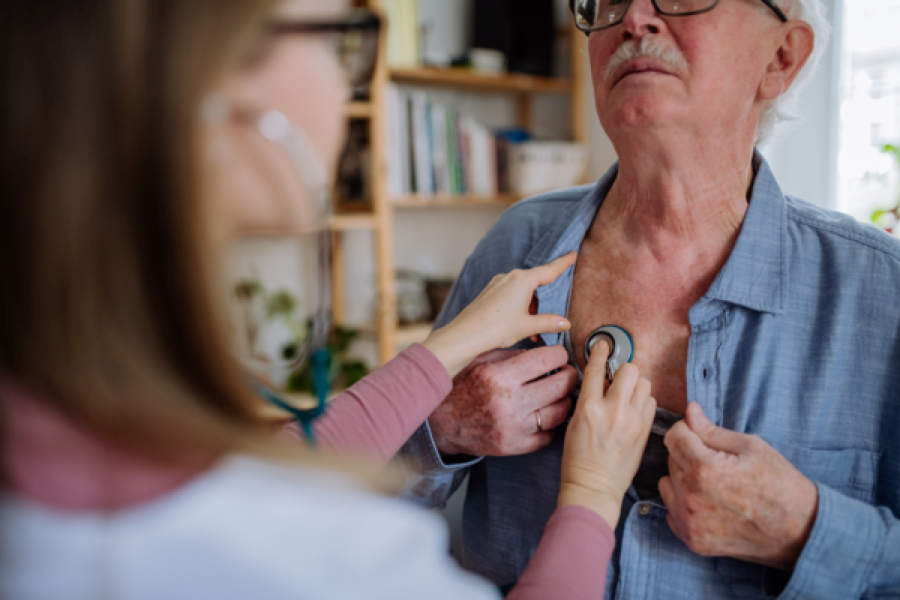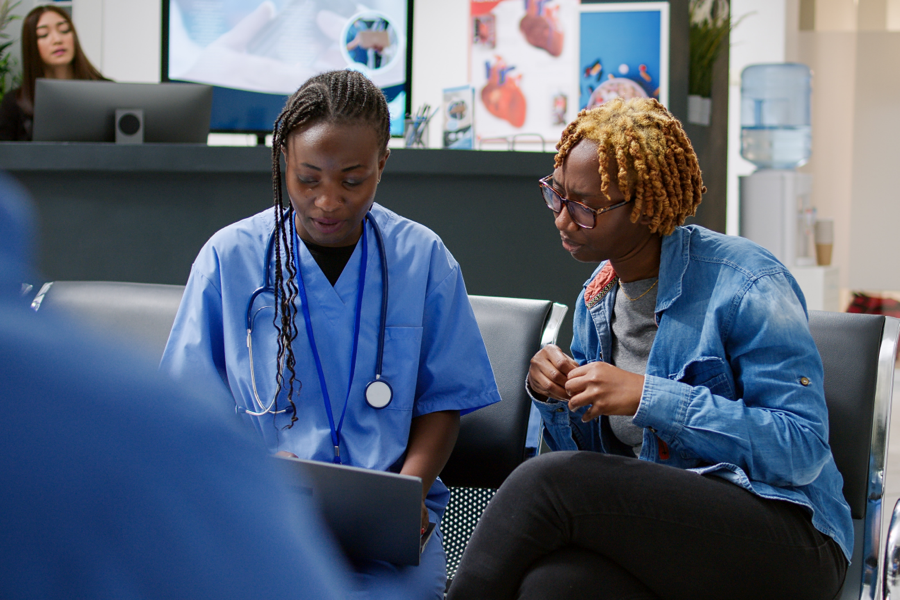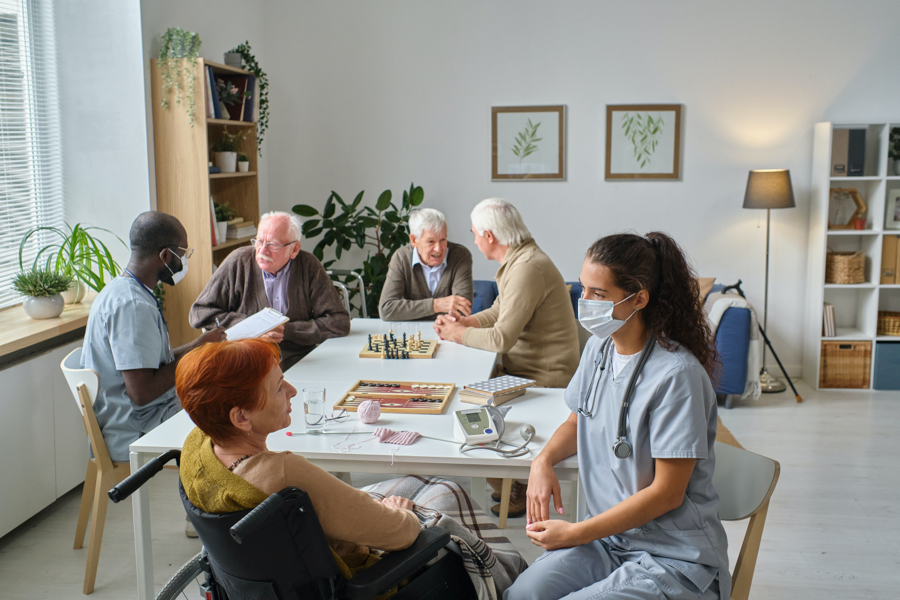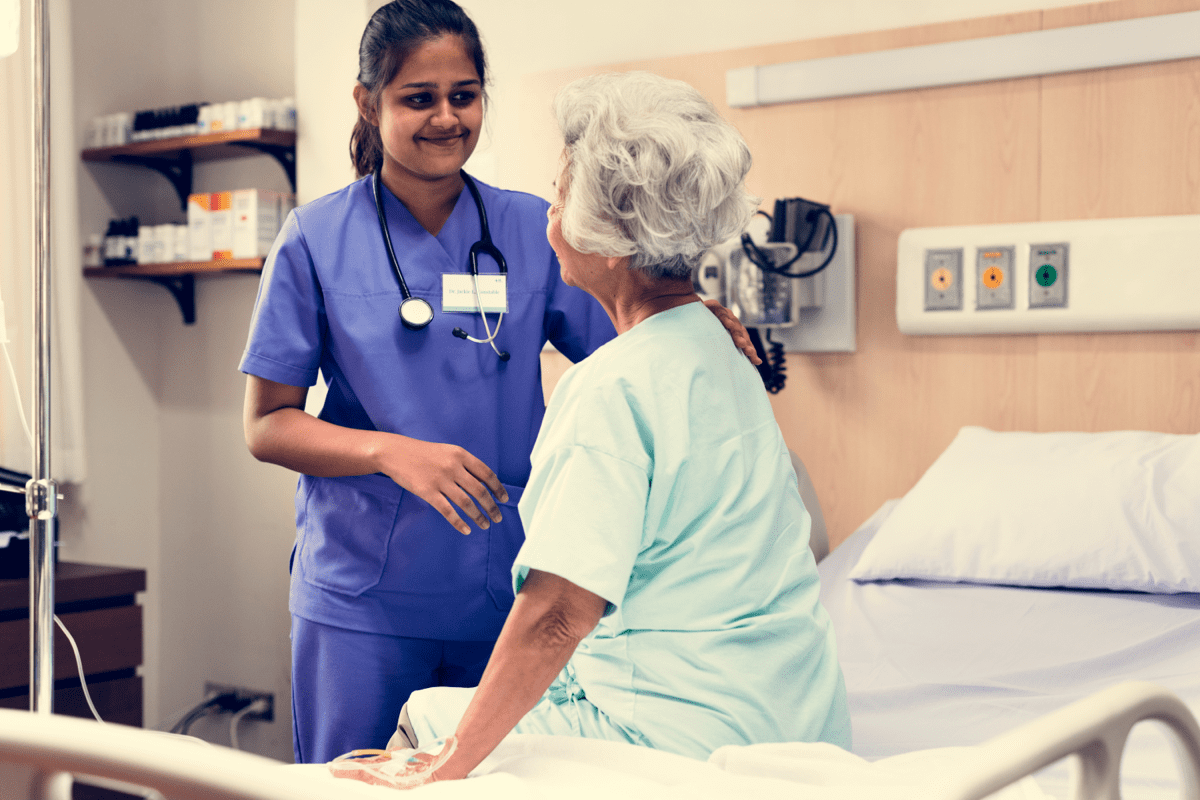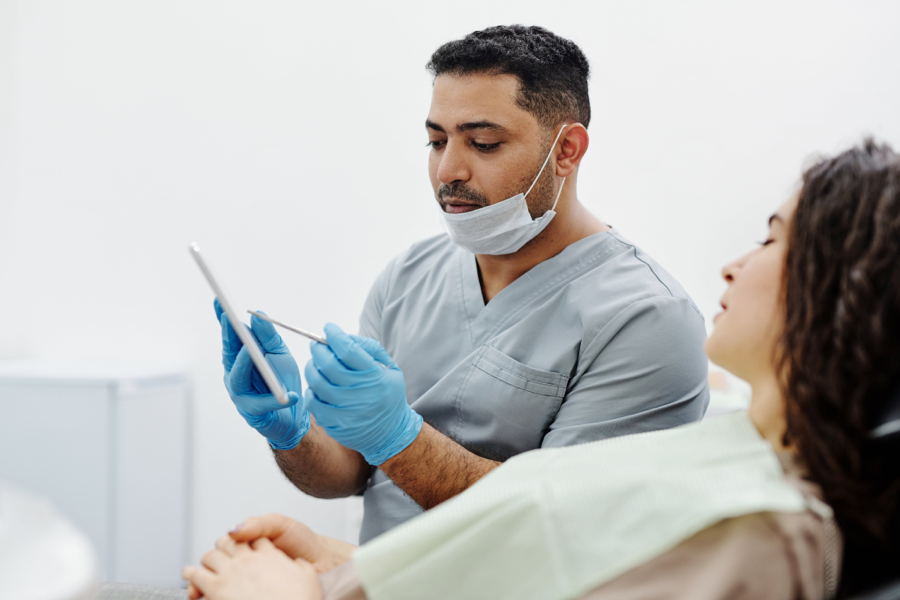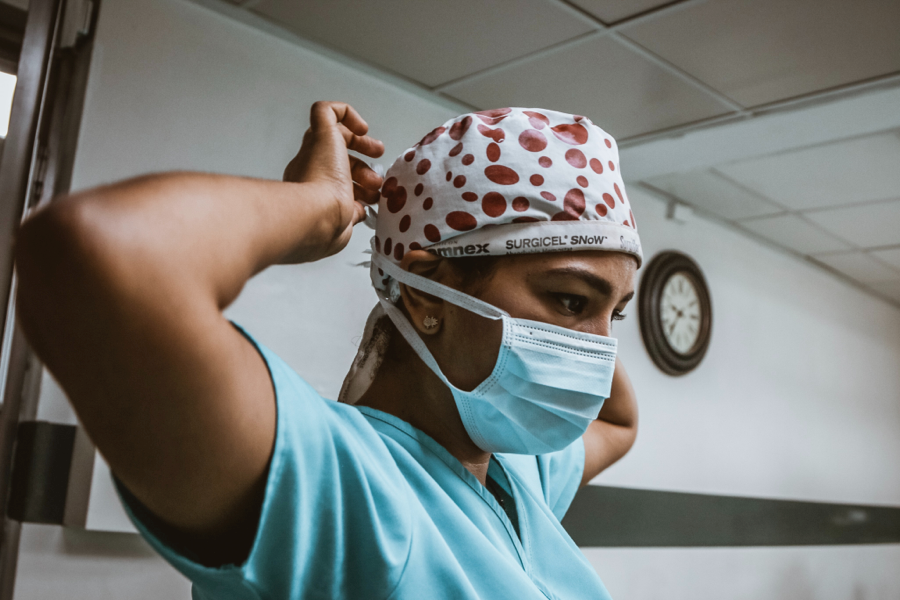
CLINICAL PRACTICE
Cleaning and Disinfection Practices for CNAs: Ensuring a Safe Environment
-
 EveryNurse Staff
EveryNurse Staff
- Last Updated: 06/22/2023

As a Certified Nursing Assistant (CNA), your role in maintaining a clean and safe environment for patients cannot be overstated. With the ongoing threat of infection, it is more important than ever to understand the importance of proper cleaning and disinfection practices. In this article, we will explore the guidelines and techniques necessary for a thorough cleaning routine to keep patients and staff safe.
The Importance of Cleaning and Disinfection
Effective cleaning and disinfection is essential for preventing the spread of pathogens and reducing the risk of infections. While all healthcare workers play a role in infection control, CNAs have a unique responsibility in maintaining a clean environment. As the frontline caregivers, CNAs are in direct contact with patients and their surroundings, and thus have a significant influence on the cleanliness of the healthcare setting.
It is important to note that cleaning and disinfection are not the same thing. Cleaning refers to the removal of visible dirt and debris, while disinfection refers to the elimination of harmful microorganisms. Both are necessary to maintain a safe and healthy environment.
The Role of CNAs in Infection Control
CNAs play an important role in preventing the spread of infections. By maintaining a clean and orderly environment, CNAs can reduce the likelihood of pathogens surviving on surfaces and equipment. This can be achieved through regular cleaning and disinfection of high-touch surfaces such as bed rails, doorknobs, and call buttons.
Additionally, CNAs are responsible for identifying and reporting any potential infection risks to other healthcare professionals, such as nurses and infection control specialists.
CNAs should also be aware of the importance of hand hygiene in infection control. Hand hygiene is the single most effective way to prevent the spread of infections, and CNAs should wash their hands frequently and thoroughly throughout their shift.
The Impact of Proper Cleaning on Patient Safety
Patient safety is the number one priority in healthcare, and proper cleaning and disinfection practices are essential for achieving this goal. Patients who are in a weakened state or who have compromised immune systems are particularly vulnerable to the spread of infection. By ensuring a clean and disinfected environment, CNAs can help prevent the transmission of harmful organisms to these vulnerable patients.
In addition to reducing the risk of infections, proper cleaning and disinfection can also improve patient outcomes. Studies have shown that patients in clean hospital environments have lower rates of healthcare-associated infections and are more likely to recover quickly from their illnesses.
Regulatory Guidelines and Standards for CNAs
There are many regulatory guidelines and standards that CNAs must adhere to in order to maintain a safe and clean environment. These guidelines are established by organizations such as the Centers for Disease Control and Prevention (CDC) and the Occupational Safety and Health Administration (OSHA).
For example, the CDC recommends that healthcare facilities develop and implement an infection control program that includes policies and procedures for cleaning and disinfection. The program should also include training for healthcare workers on infection control practices and the proper use of personal protective equipment.
OSHA has also established guidelines for the use of personal protective equipment in healthcare settings. CNAs should be trained on the proper use of gloves, gowns, masks, and other equipment to protect themselves and their patients from the spread of infection.
Essential Cleaning and Disinfection Techniques
Hand Hygiene Best Practices
Hand hygiene is the foundation of infection control. CNAs must practice proper hand hygiene techniques, including washing hands with soap and water for at least 20 seconds or using an alcohol-based hand sanitizer.
It is important to note that hand hygiene should be performed not only before and after patient care, but also before and after wearing gloves. Gloves are not a substitute for proper hand hygiene, but rather an additional layer of protection.
Cleaning and Disinfecting Surfaces
CNAs must clean and disinfect all surfaces in patient rooms, including bed frames, tables, call buttons, and door handles. Surfaces that are frequently touched should be cleaned and disinfected more often. CNAs must also follow manufacturer’s instructions when selecting and using cleaning and disinfection products.
When cleaning surfaces, it is important to use the appropriate cleaning solution for the specific surface. For example, using a bleach-based solution on a wooden surface can cause damage. Additionally, CNAs should be aware of the proper dilution ratios for cleaning solutions to ensure their effectiveness.
Proper Use of Personal Protective Equipment (PPE)
CNAs must use the appropriate personal protective equipment (PPE) as recommended by their facility’s infection control policies. This may include gloves, gowns, and masks. CNAs must also follow proper donning and doffing techniques when using PPE.
It is important to note that PPE should be used not only when caring for patients with known infections, but also when caring for patients who may be asymptomatic carriers of infectious diseases. This helps to prevent the spread of infections within the healthcare facility.
Safe Handling and Disposal of Contaminated Materials
CNAs must follow proper procedures for handling and disposing of contaminated materials, including dirty linens and biohazardous waste. This may involve utilizing specialized containers or bags, and ensuring that waste is properly labeled and disposed of according to facility and regulatory guidelines.
It is important to remember that contaminated materials should be handled with care to prevent the spread of infection. CNAs should avoid shaking or tossing contaminated materials, as this can cause the spread of potentially infectious particles.
